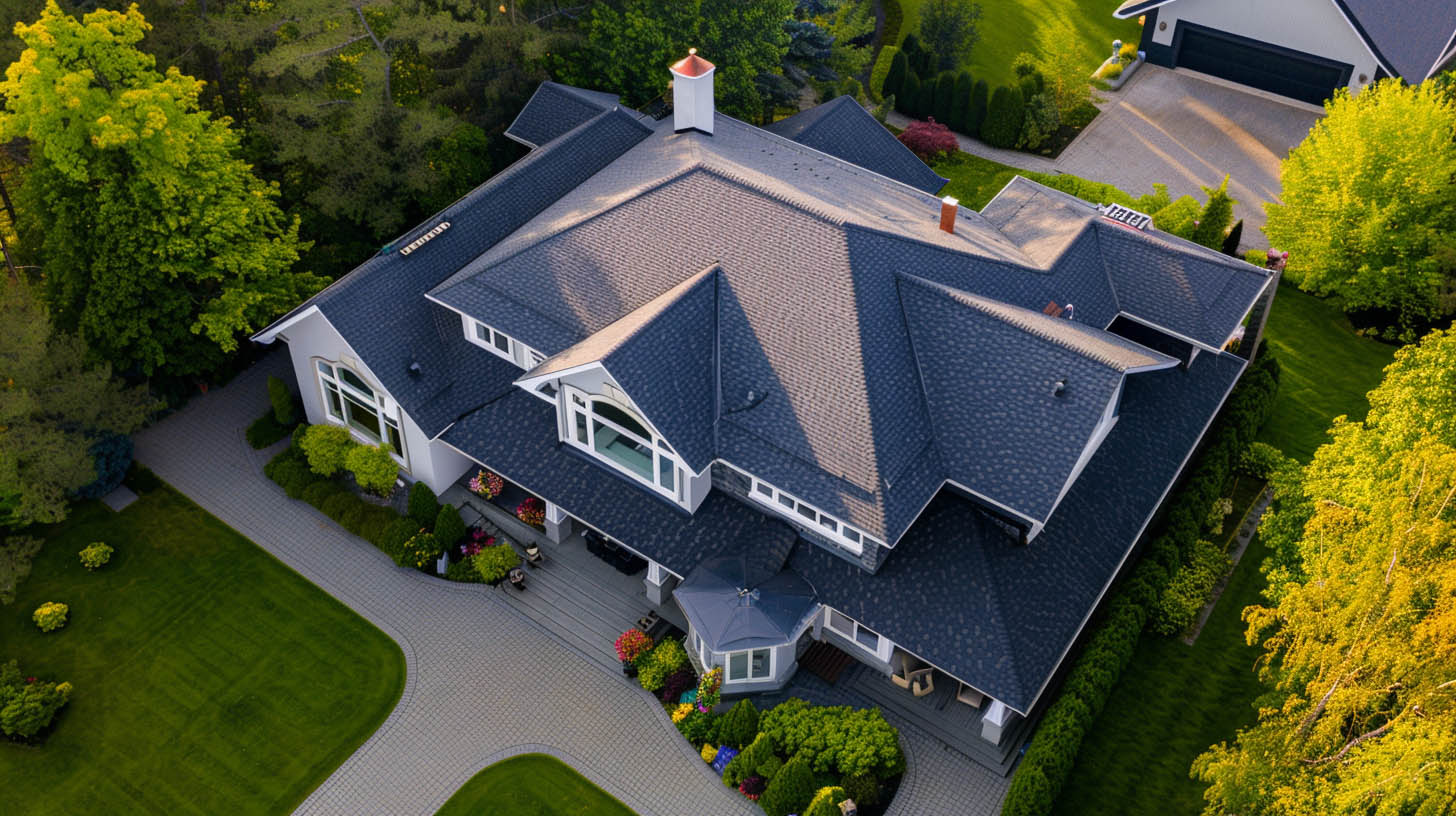Understanding the distinctions between residential and commercial roofing is crucial for property owners, whether they are purchasing, building, or maintaining a property. This guide delves into the fundamental differences in materials, design, installation, and maintenance requirements that characterize residential and commercial roofing systems.
Roof Design Considerations
The architectural design of residential roofs often focuses on aesthetics as well as functionality, while commercial roofs prioritize durability and maintenance accessibility due to their size and the critical need to accommodate commercial-grade equipment.
Residential Designs: Typically feature sloped roofs that enhance drainage and are visually appealing. The slope of the roof also allows for attic space and can complement the overall home design.Commercial Designs: Usually flat or with a low slope, commercial roofs maximize usable space within the building and accommodate external installations like HVAC systems, piping, and, in some cases, green roofs.
Installation Complexity and Cost
The installation process for residential and commercial roofs varies greatly, not just in scale but also in the complexity of the technologies and techniques employed.
Residential Roofing Installation: Generally straightforward, involving the placement of shingles, tiles, or other materials on a pitched roof. This process can typically be completed in a few days, depending on the roof size and material complexity.Commercial Roofing Installation: More labor-intensive and time-consuming, often involving several layers and specialized materials that require expert handling. The flat or low-slope designs necessitate meticulous sealing and waterproofing to prevent leaks.
Challenges with Installation in Different Weathers
Commercial roofing installations can be particularly challenging due to the need to manage large areas effectively, especially under adverse weather conditions. Techniques such as hot-air welding for membranes or tar application for built-up roofs require dry conditions, making scheduling around weather patterns crucial.
Maintenance and Durability
Maintenance strategies for roofing systems significantly affect their longevity and effectiveness in protecting the building from environmental elements.
Residential Roofing Maintenance: Generally involves regular inspections, gutter cleaning, and minor repairs. Homeowners need to look for signs of wear such as lifted or missing shingles, especially after severe weather events.Commercial Roofing Maintenance: Requires more frequent and comprehensive maintenance due to the roof’s size and the complexity of the systems installed on it. Regular professional inspections are essential to address the unique challenges of flat roofs, such as water ponding and the integrity of the waterproof membrane.
Expert Solutions by Summit Exteriors
At Summit Exteriors in Coeur d'Alene, ID, we specialize in both residential and commercial roofing, providing tailored solutions that meet the unique needs of each property. Our commitment to quality, backed by our status as an Owens Corning Preferred Contractor and our recognition as the top-rated roofing company in Bonner County for 2023, ensures that every project is executed with the highest standards of excellence and professionalism.
Conclusion
Whether dealing with a quaint suburban home or a sprawling commercial facility, understanding the distinct demands of residential and commercial roofing helps in making informed decisions that ensure the longevity and efficiency of the roofing system. Choosing a reputable roofing partner like Summit Exteriors ensures your roofing investment is sound, enhancing the value and functionality of your property.



